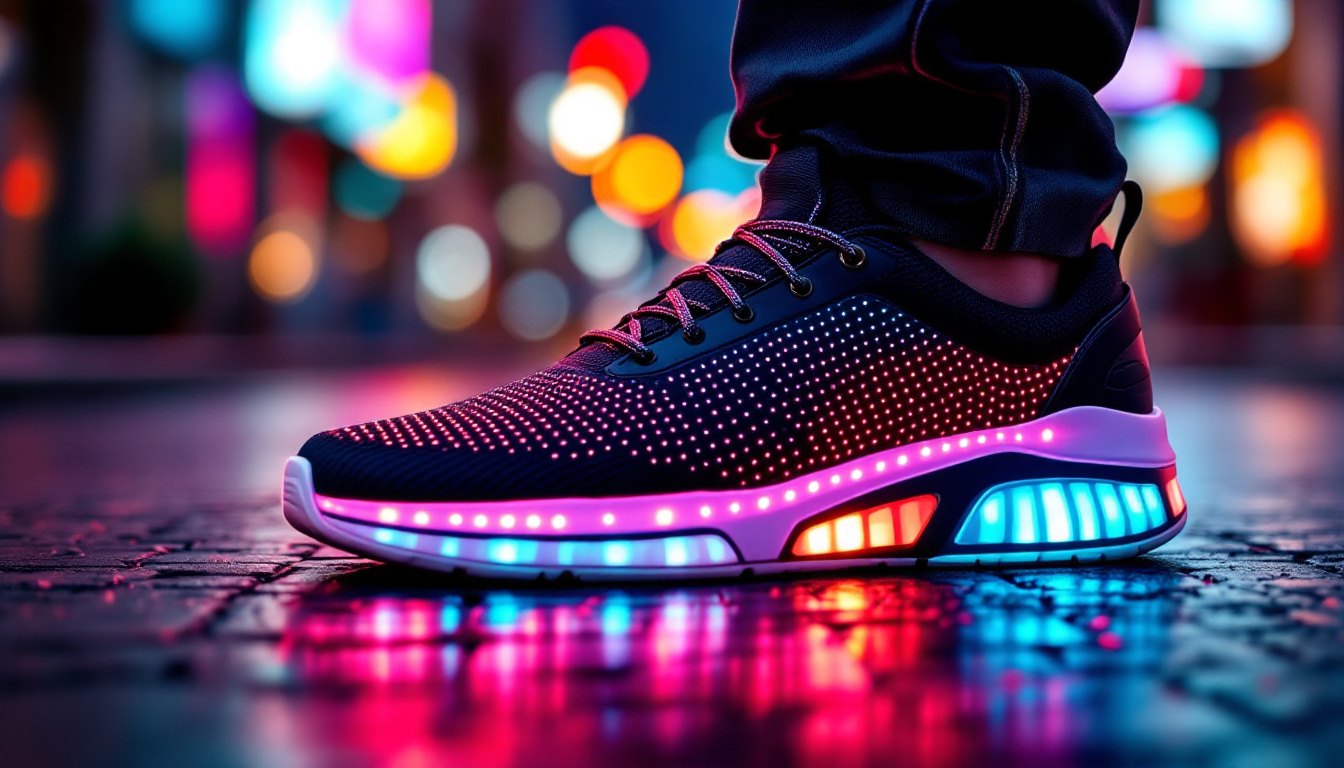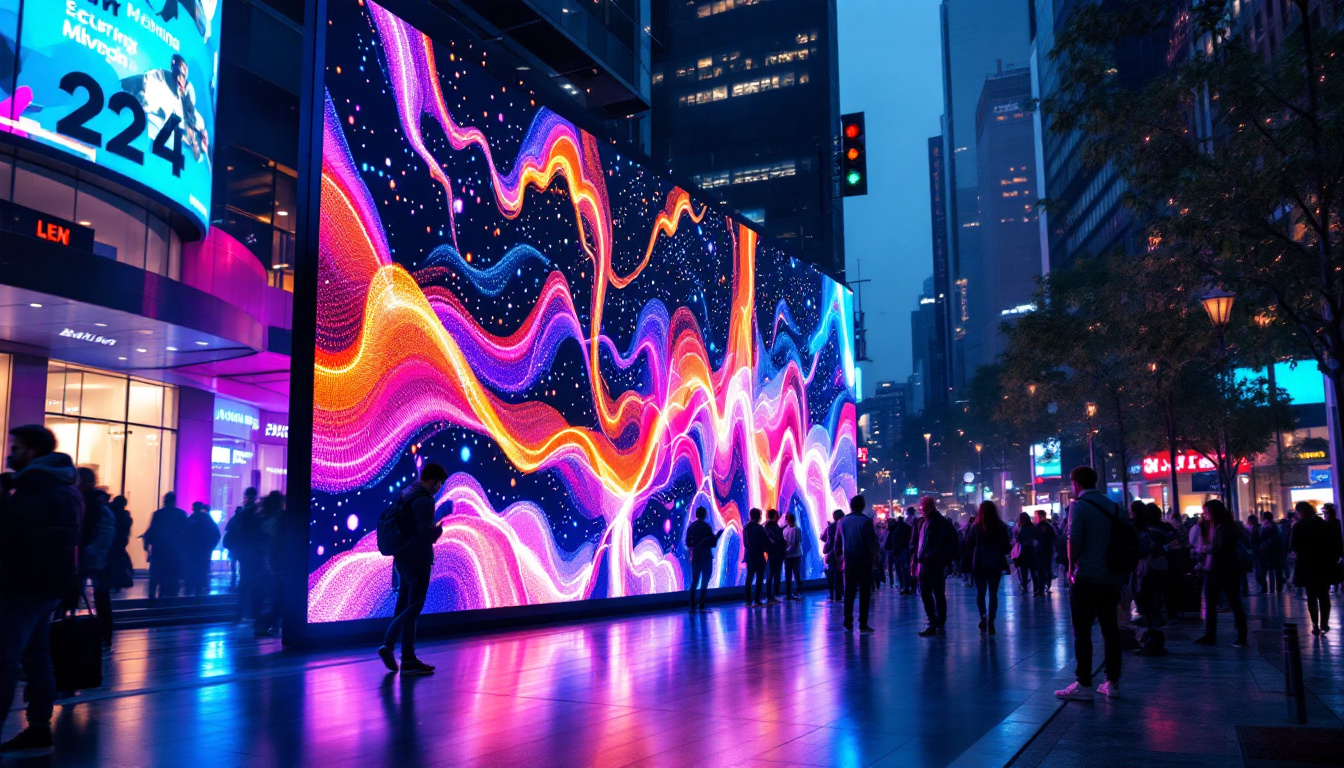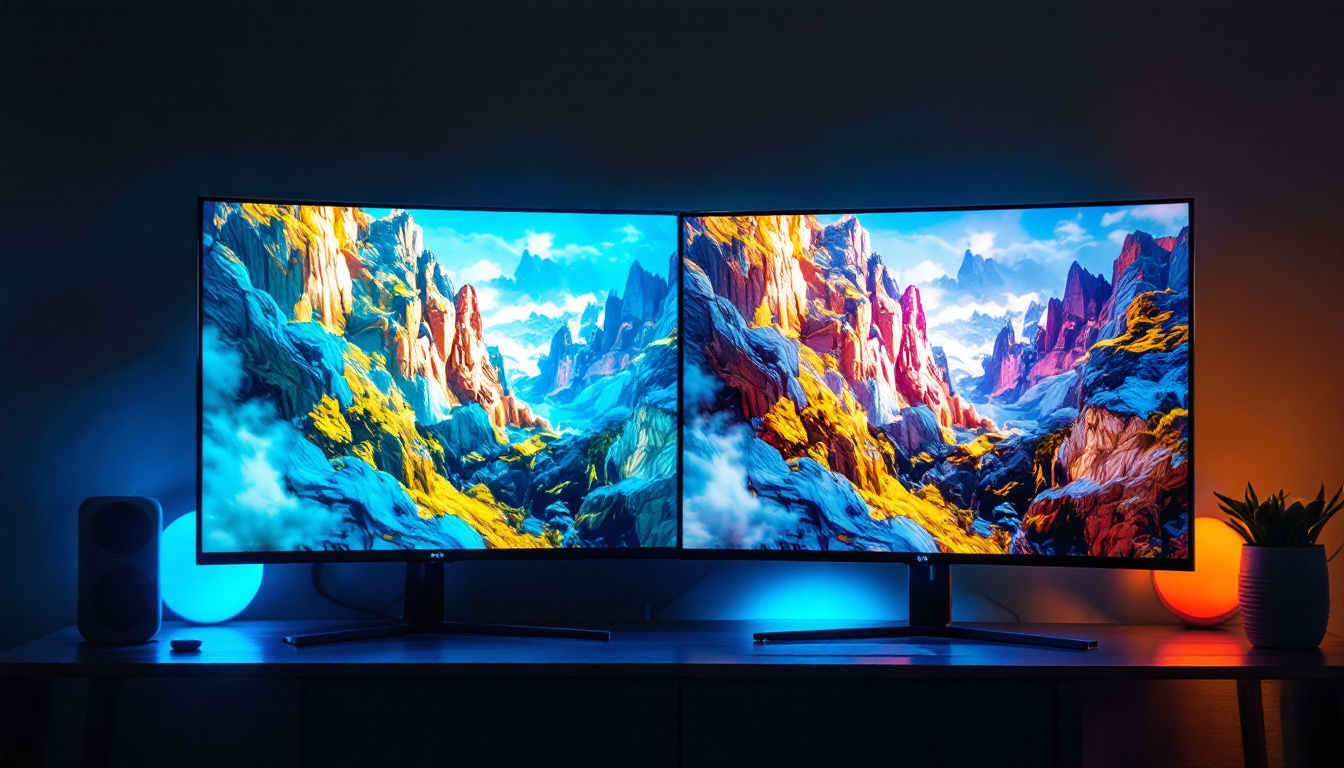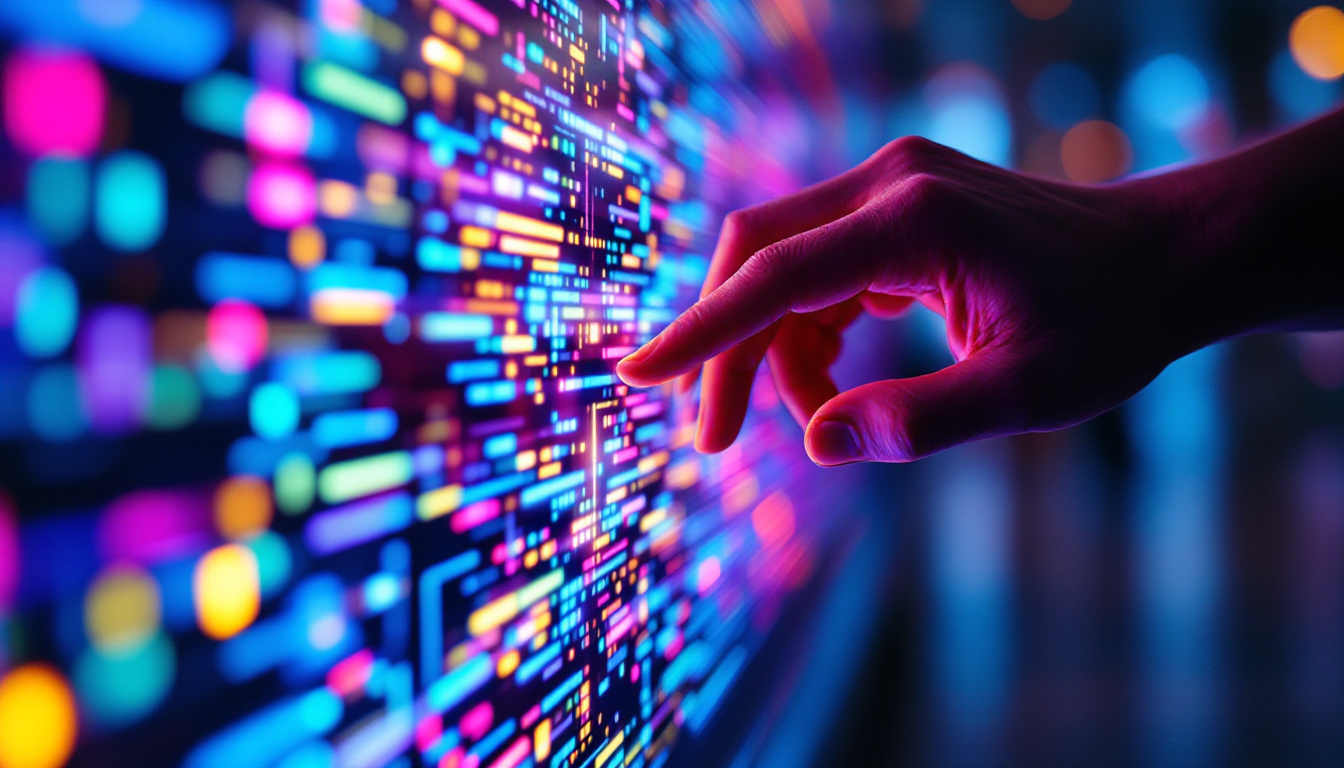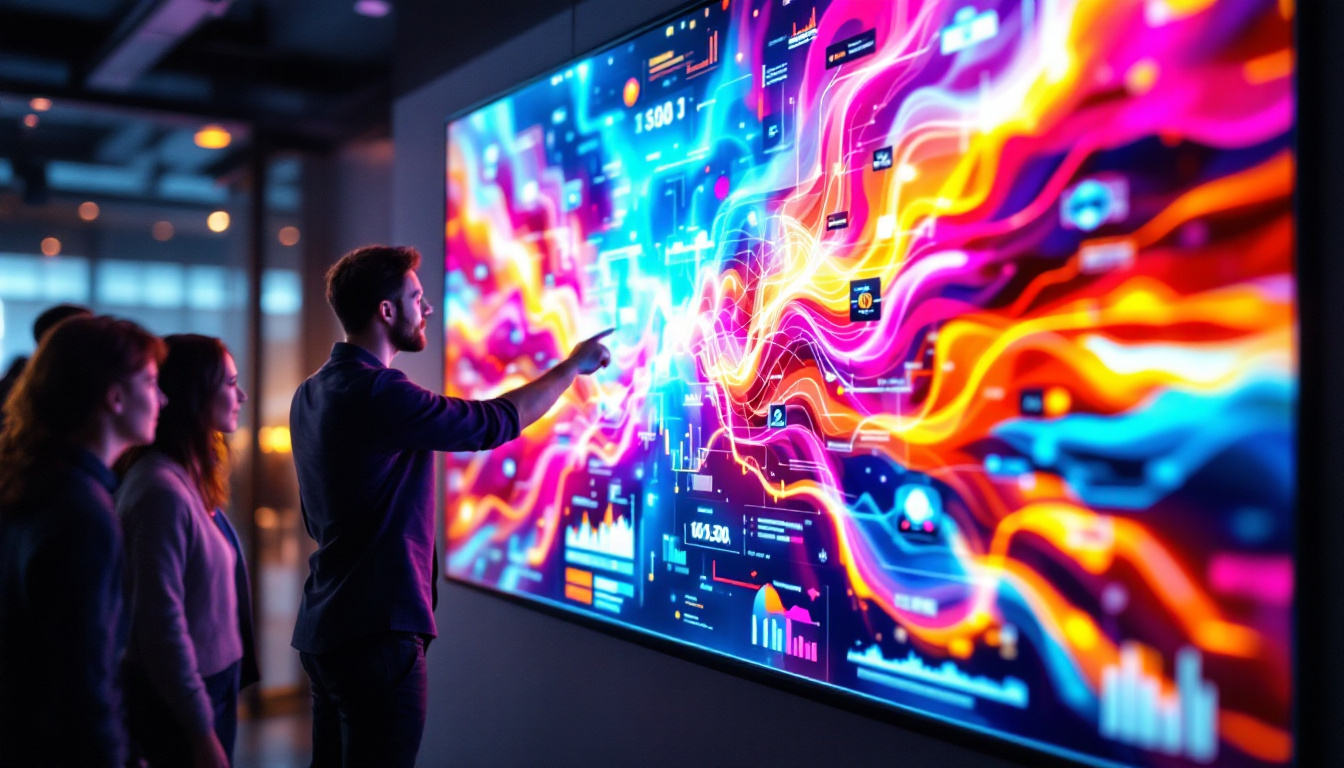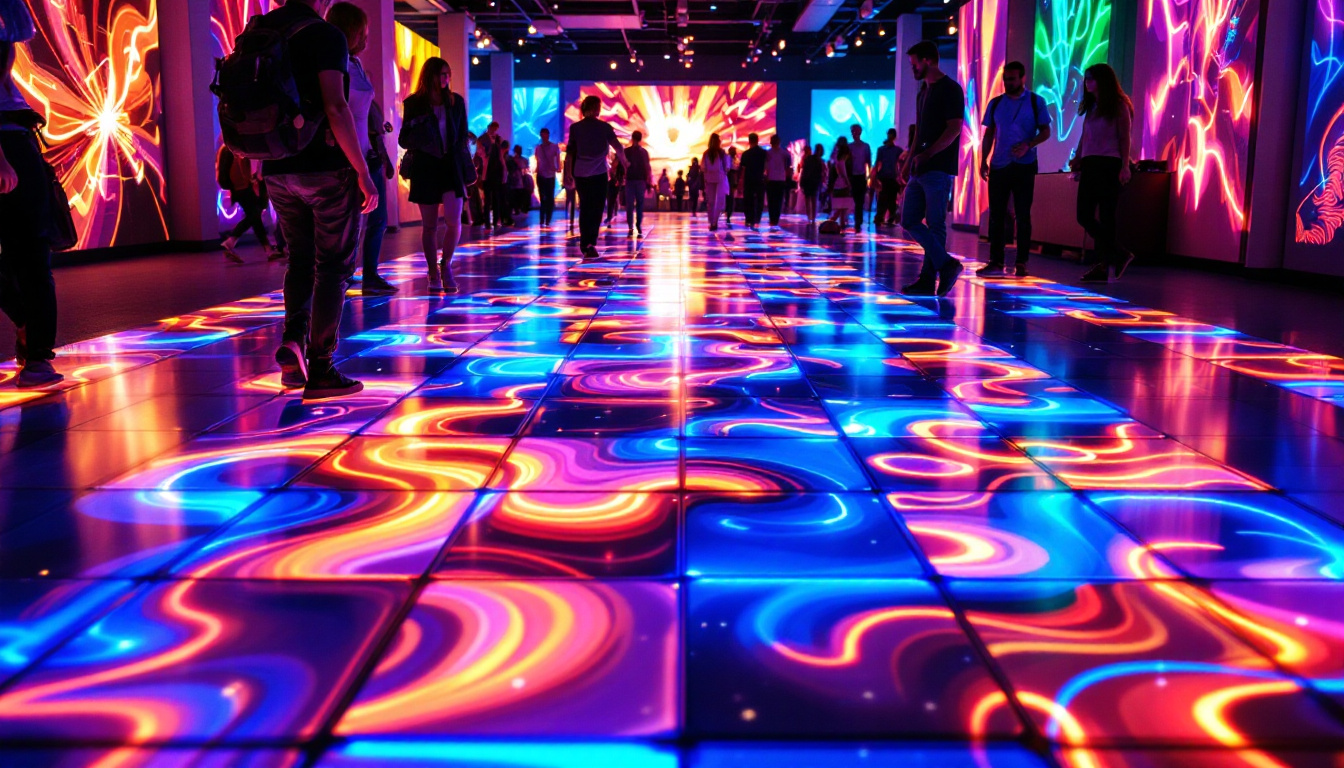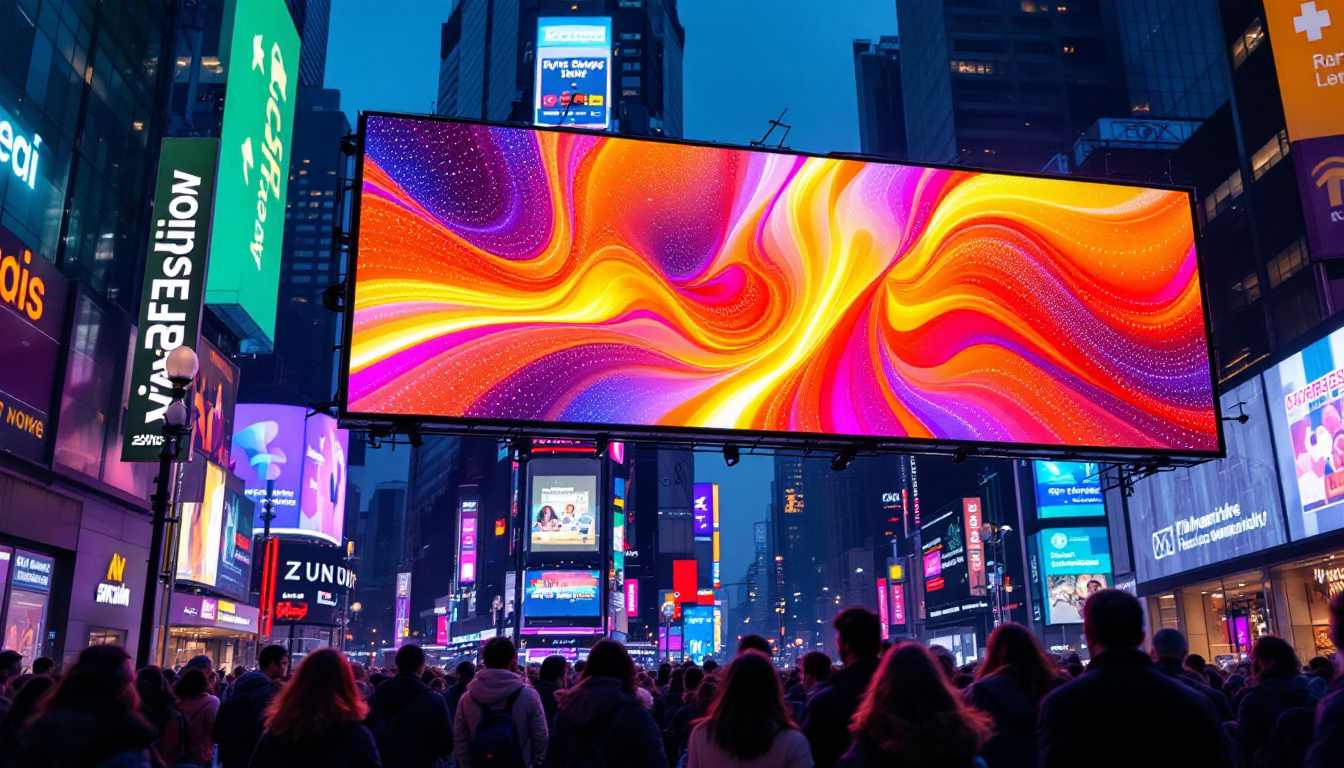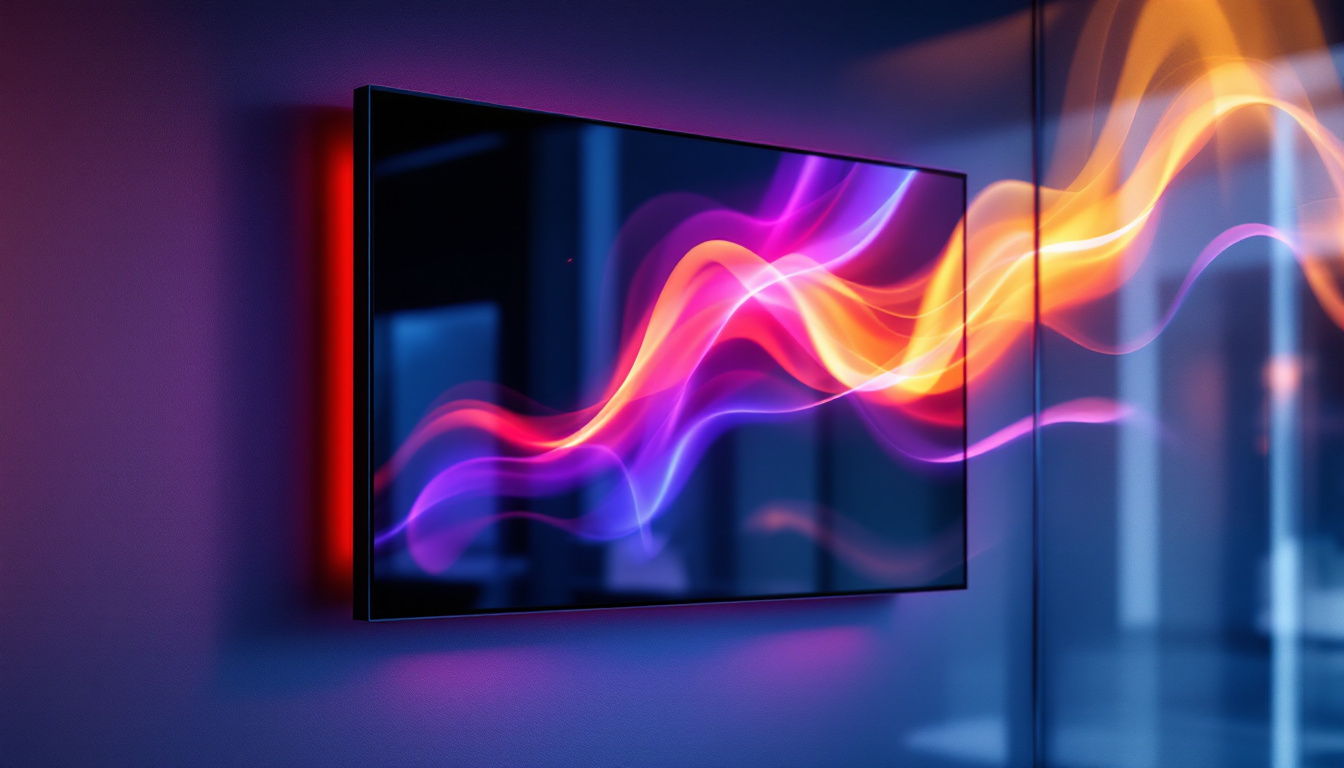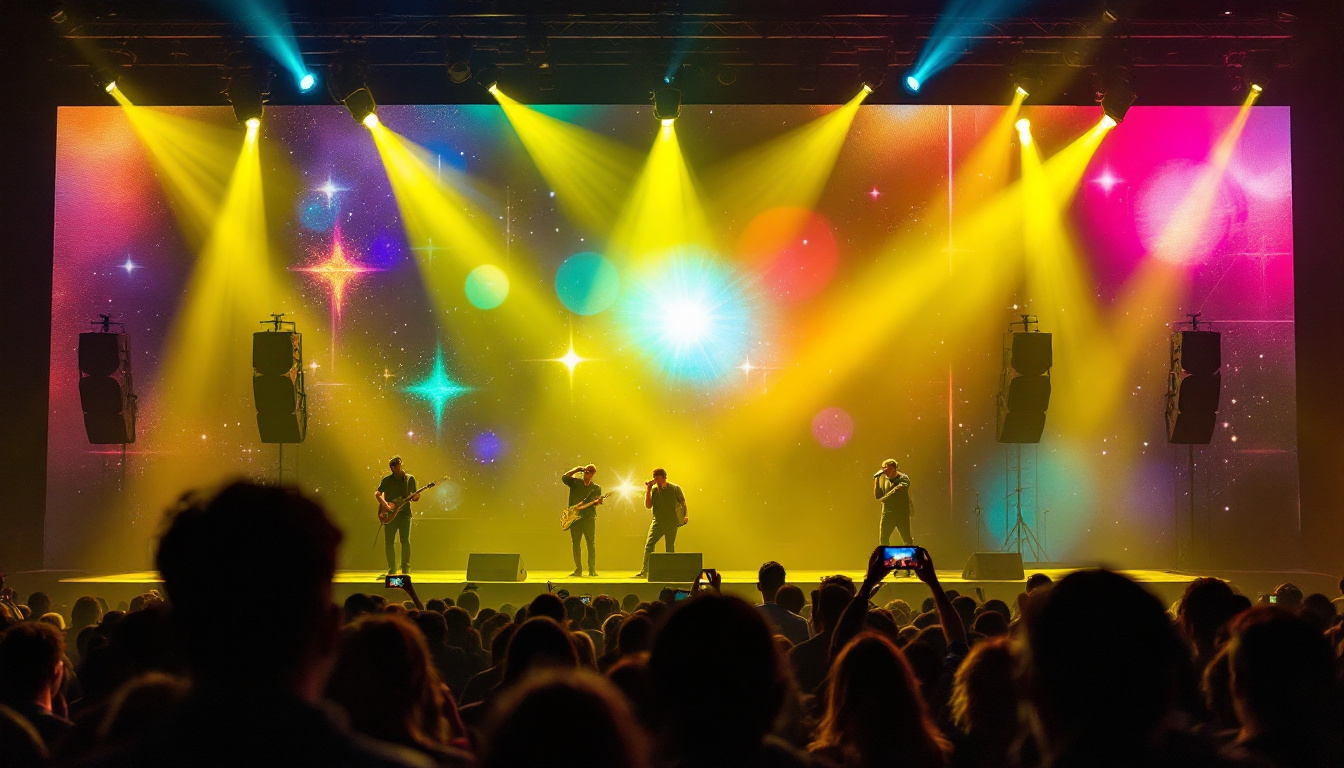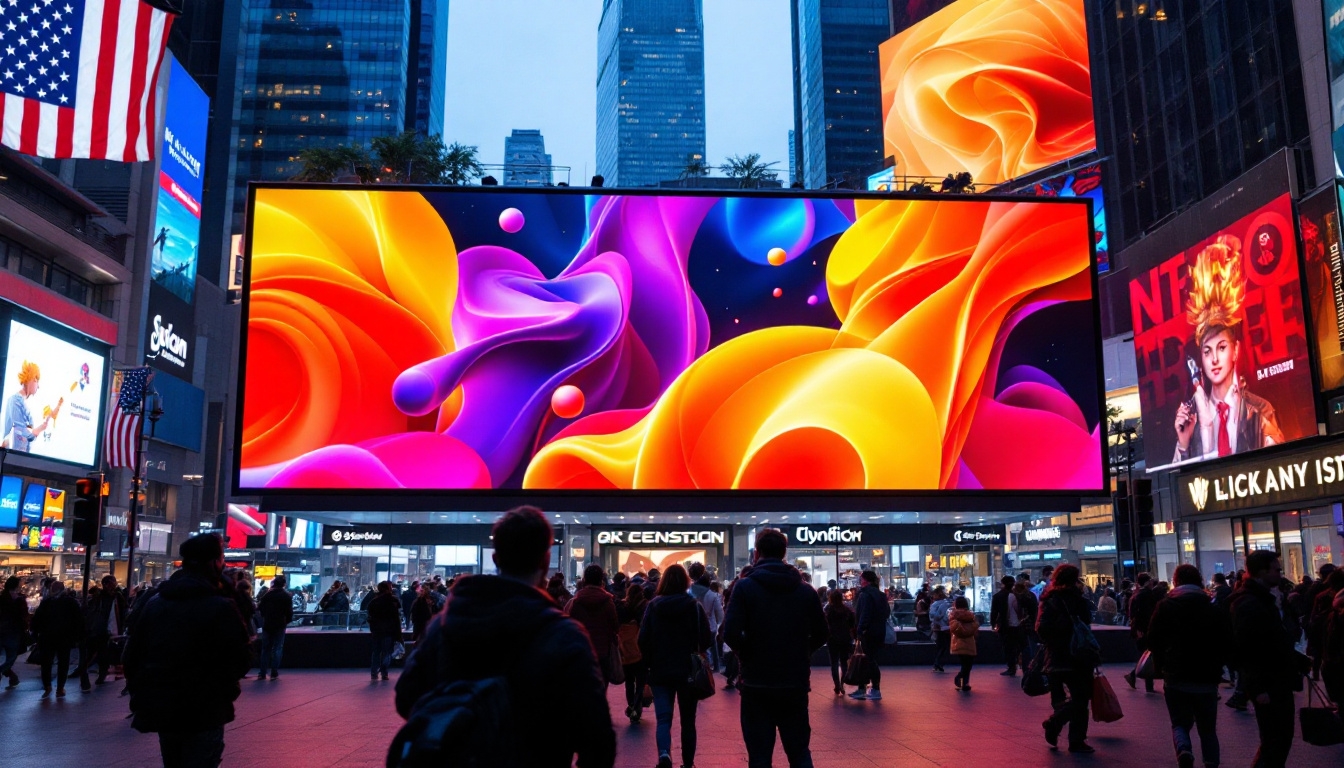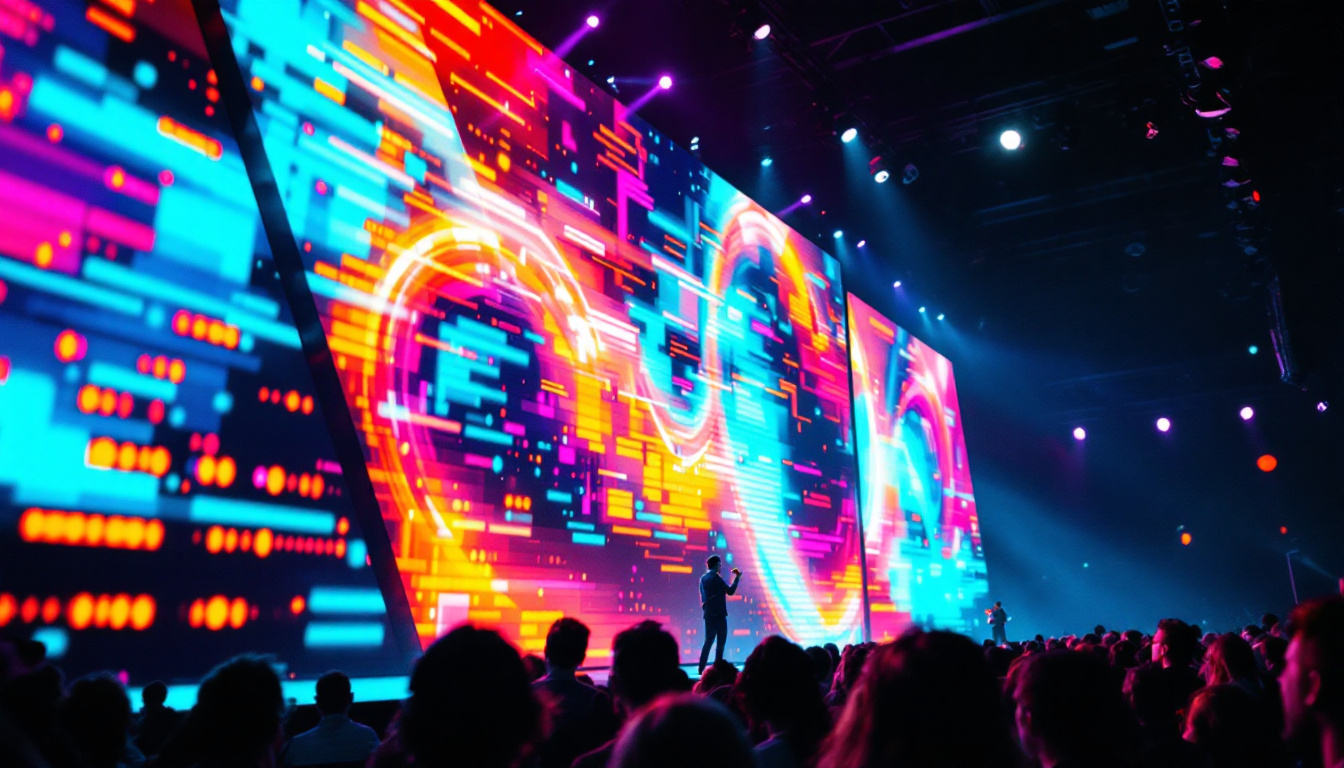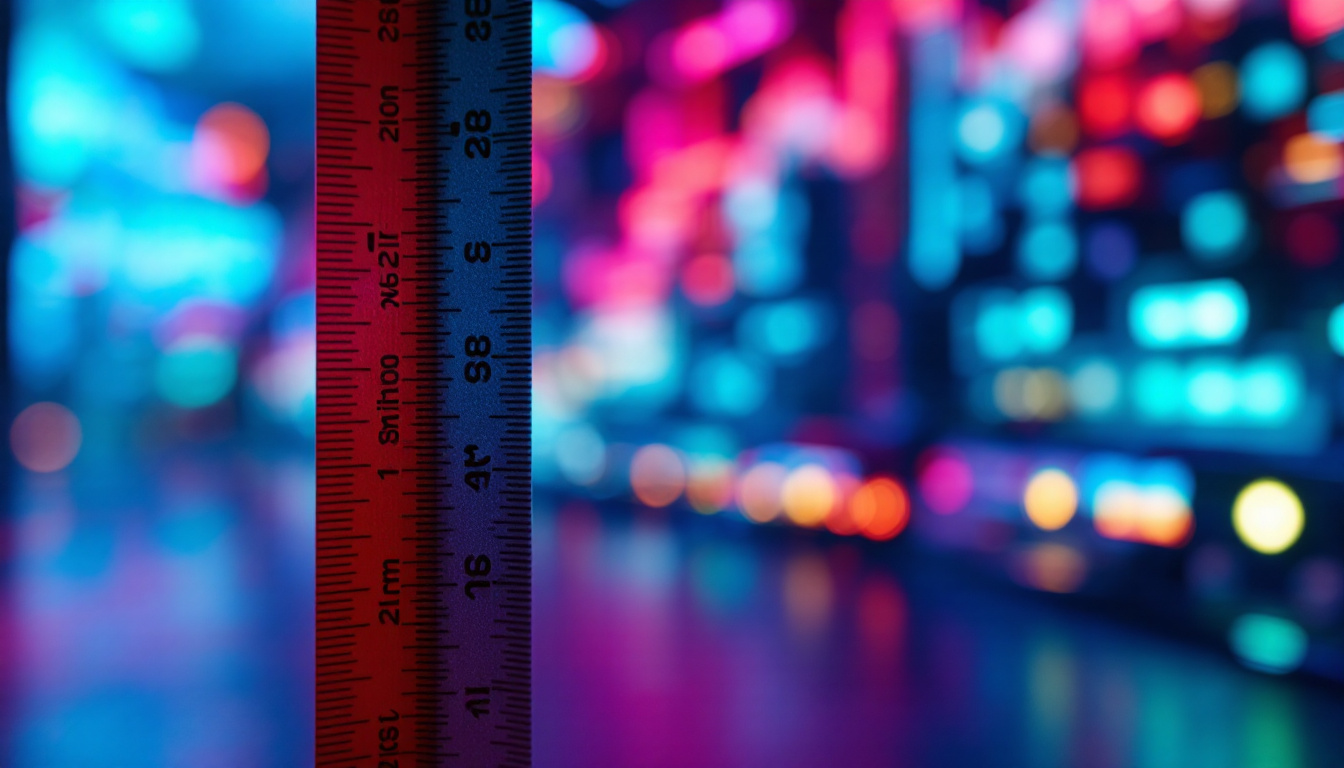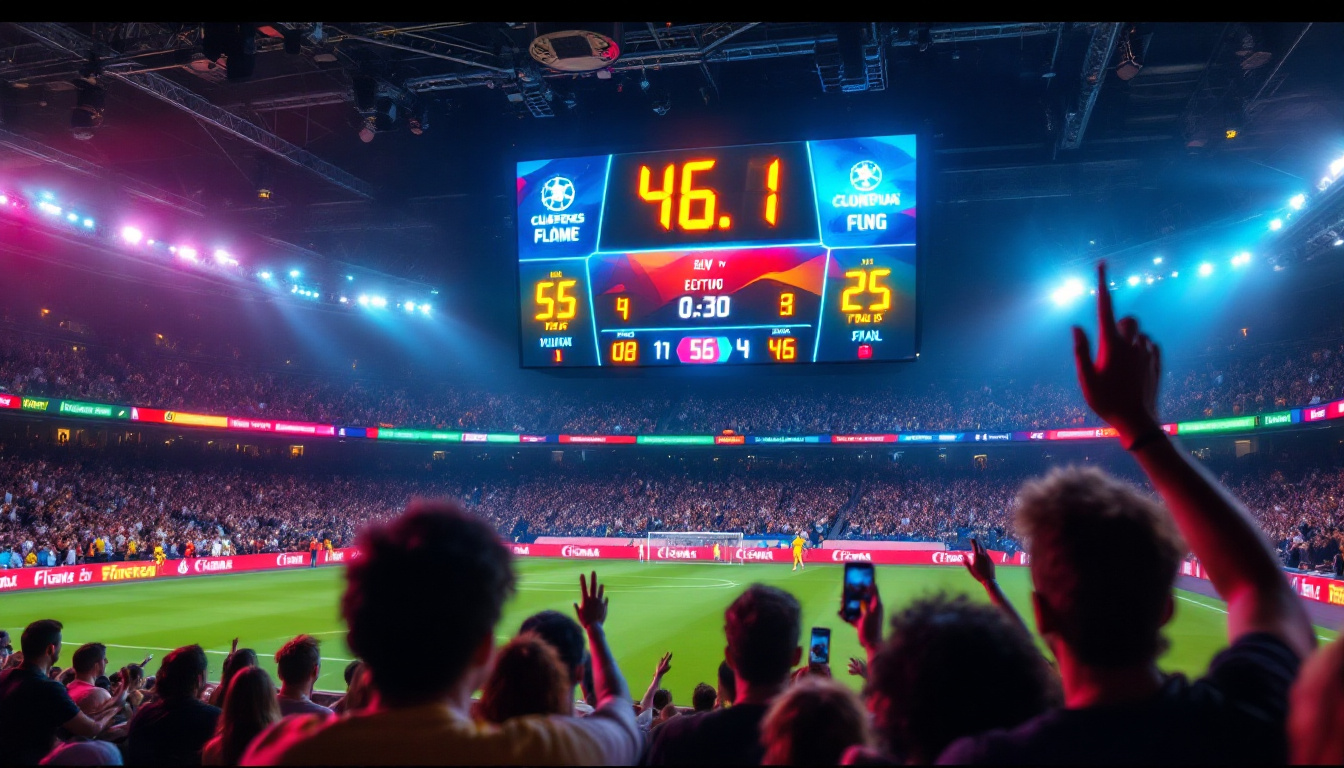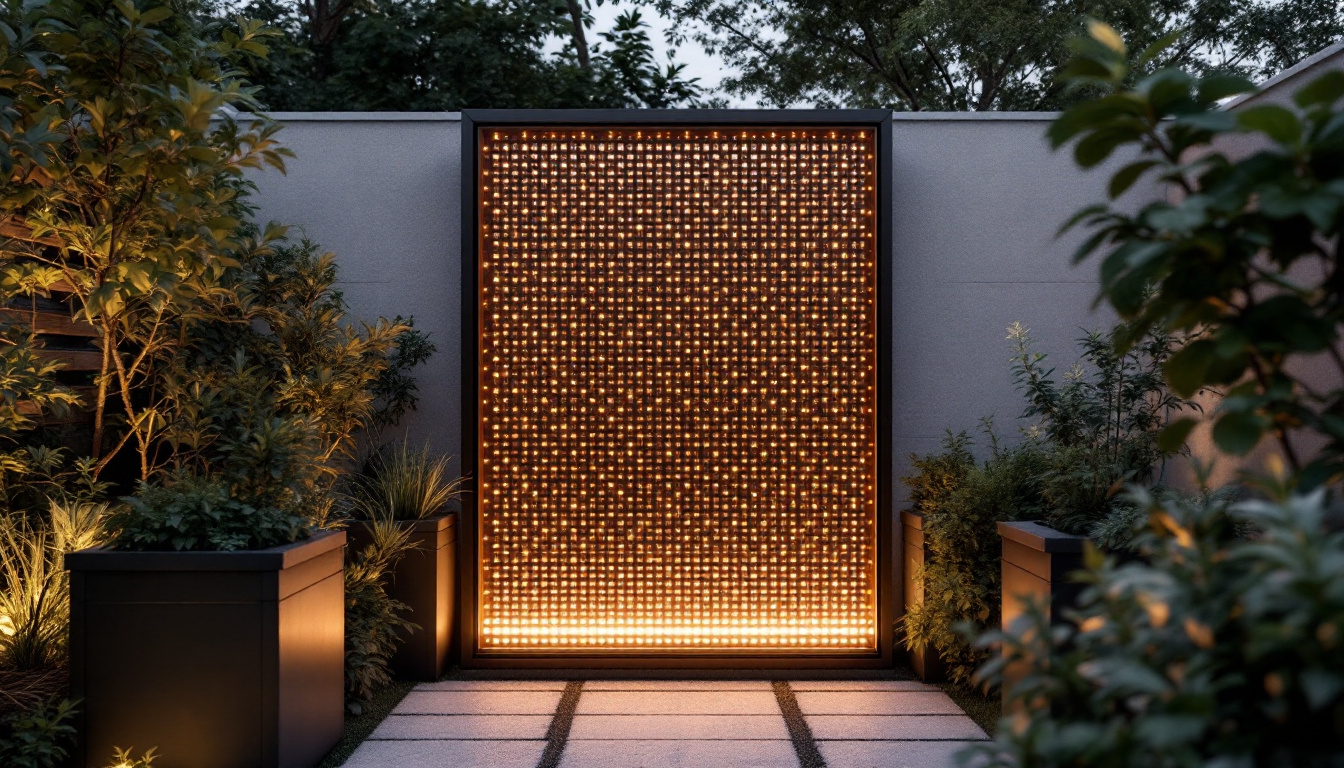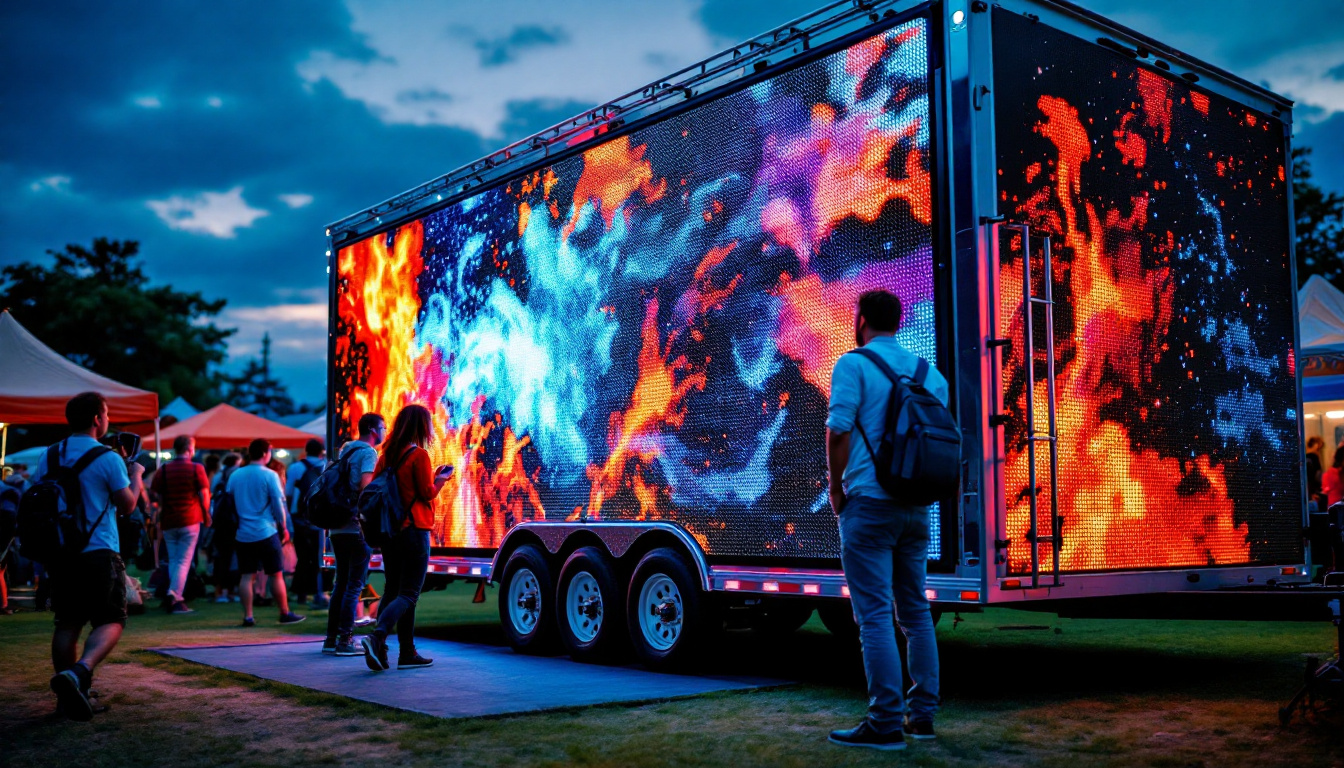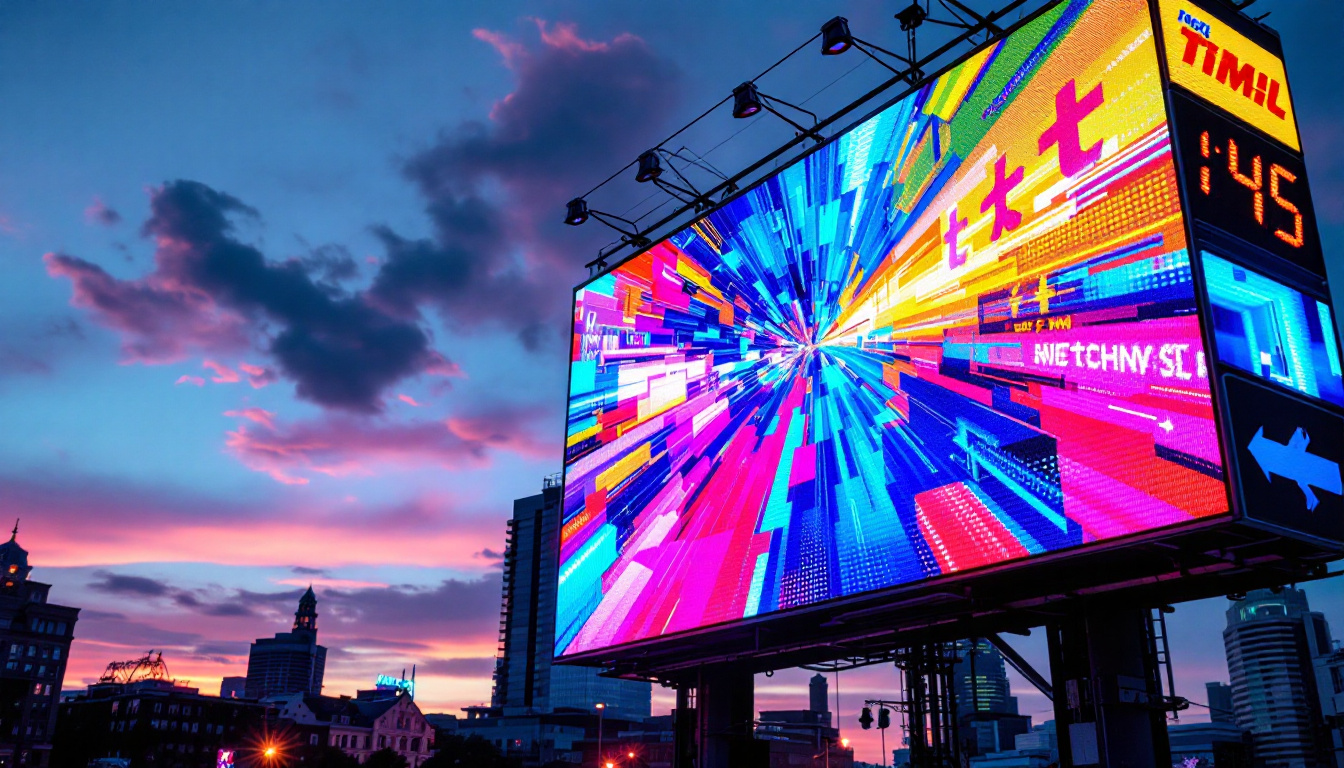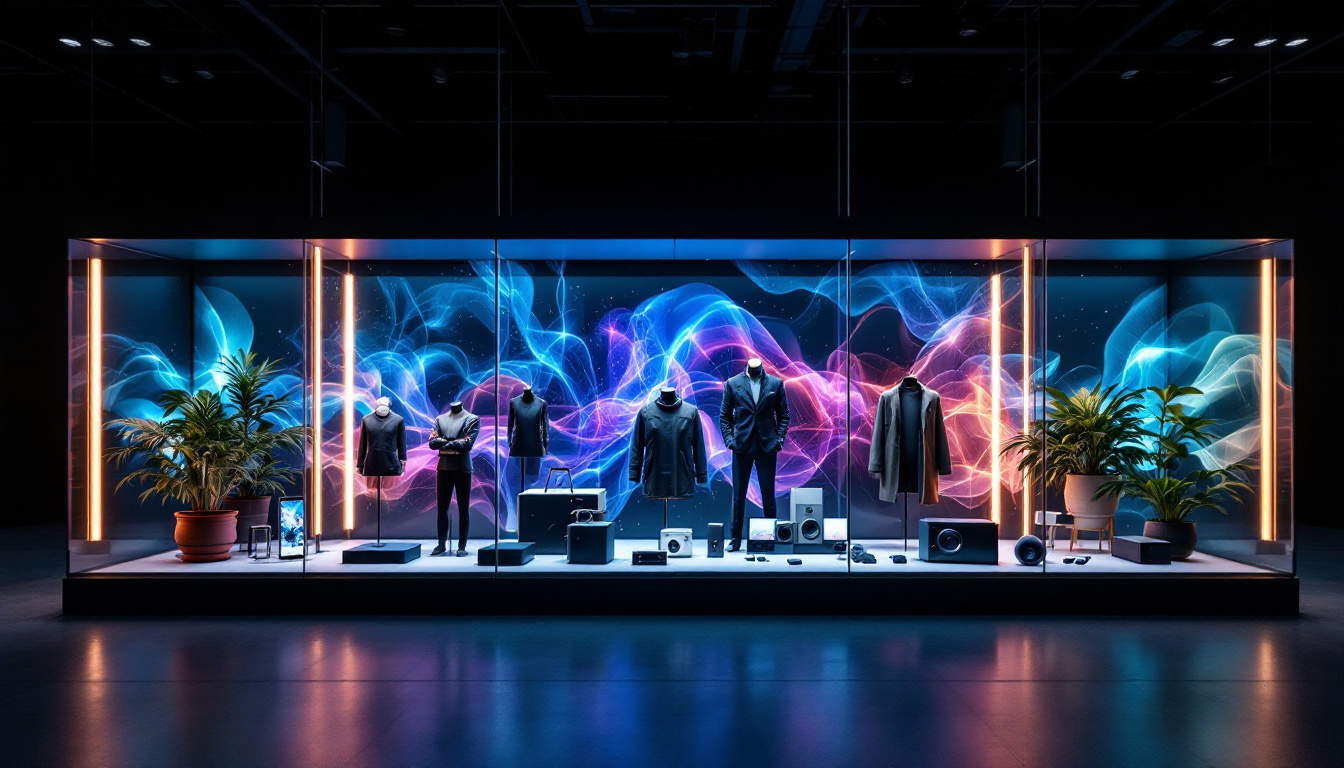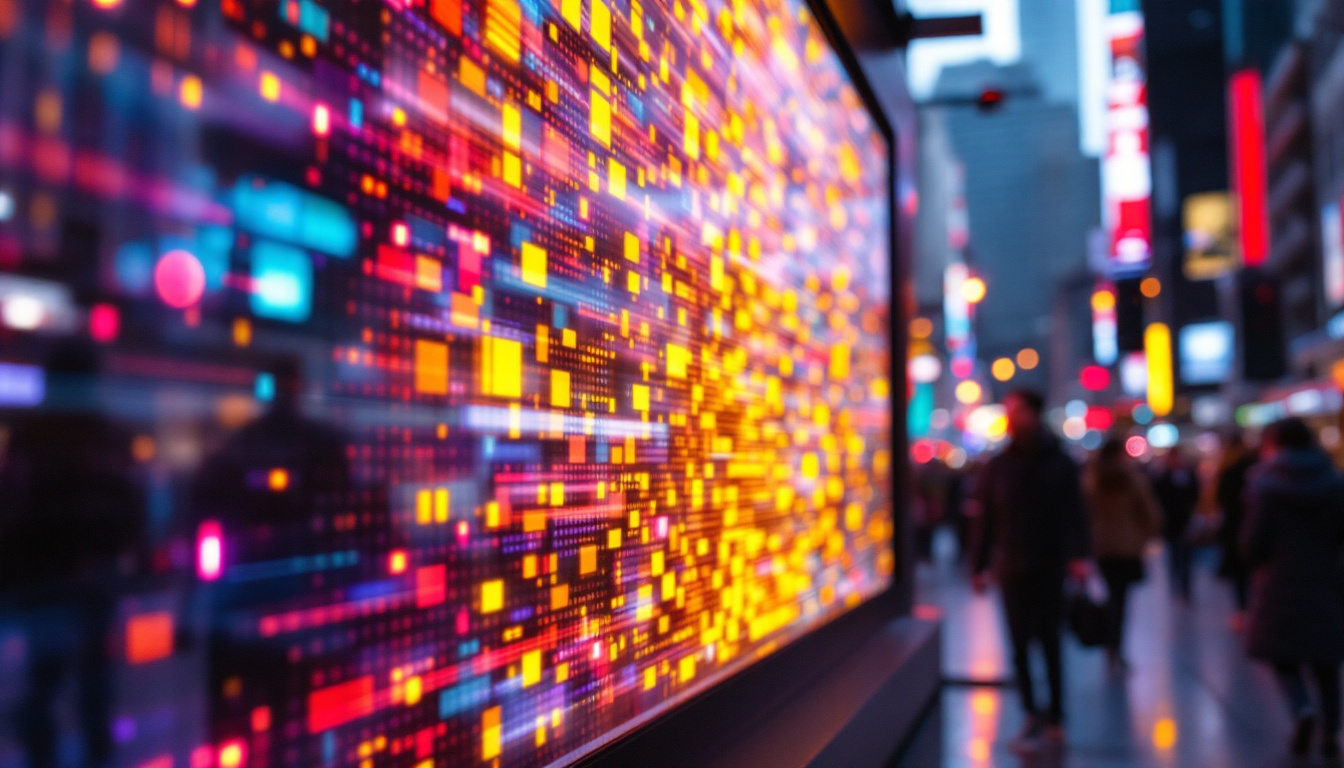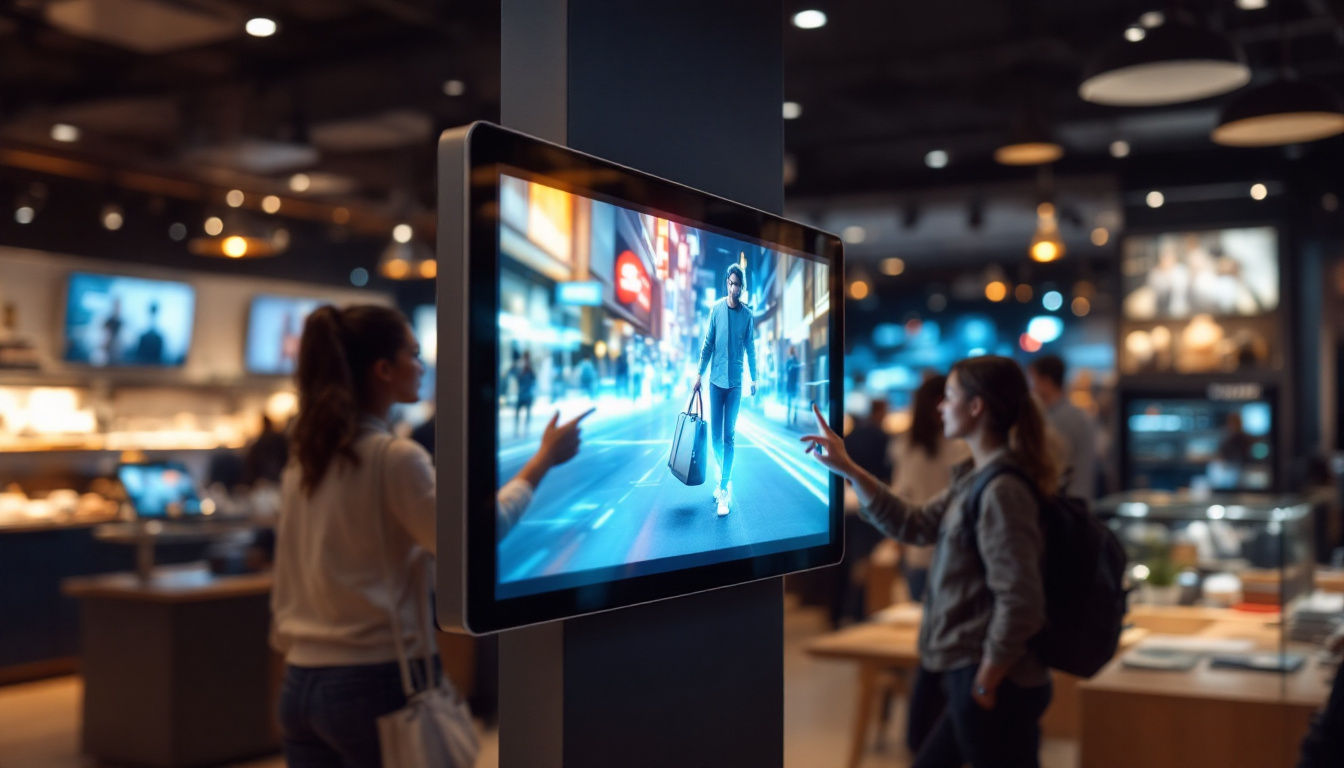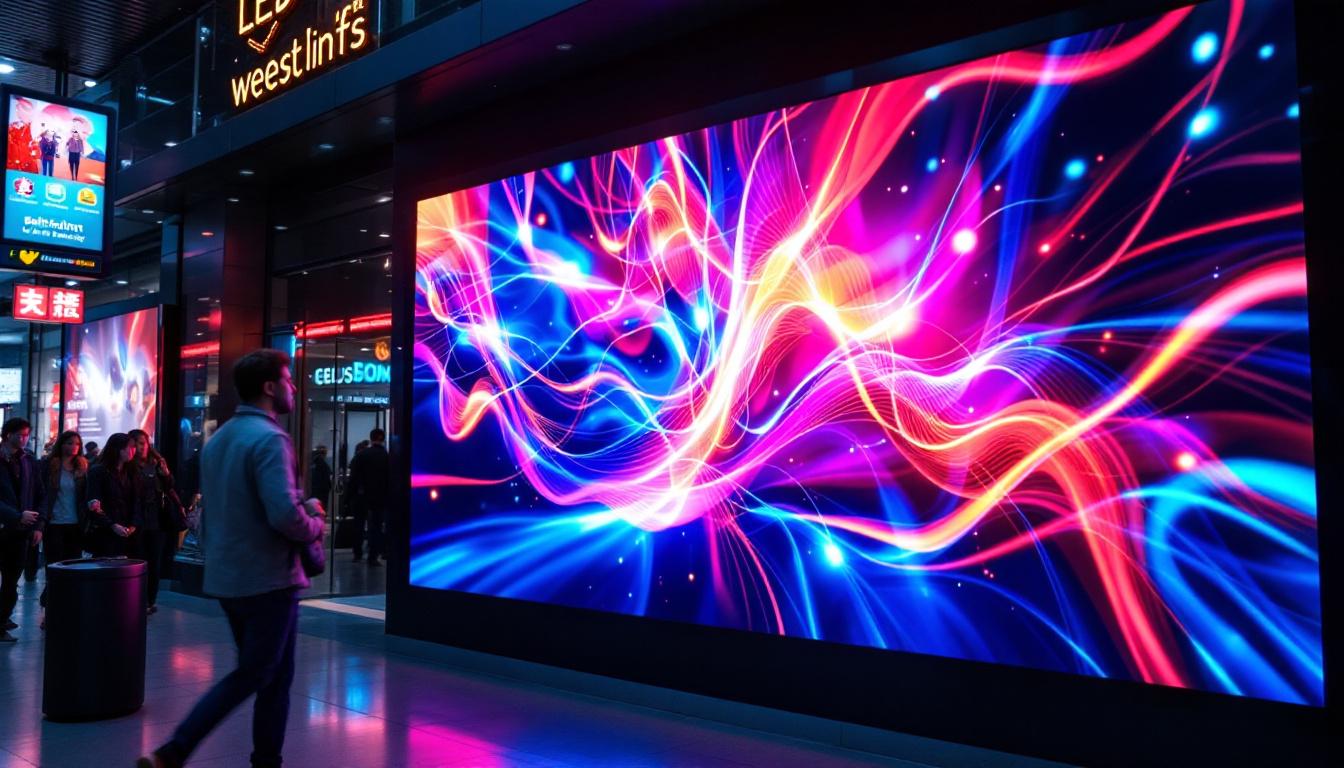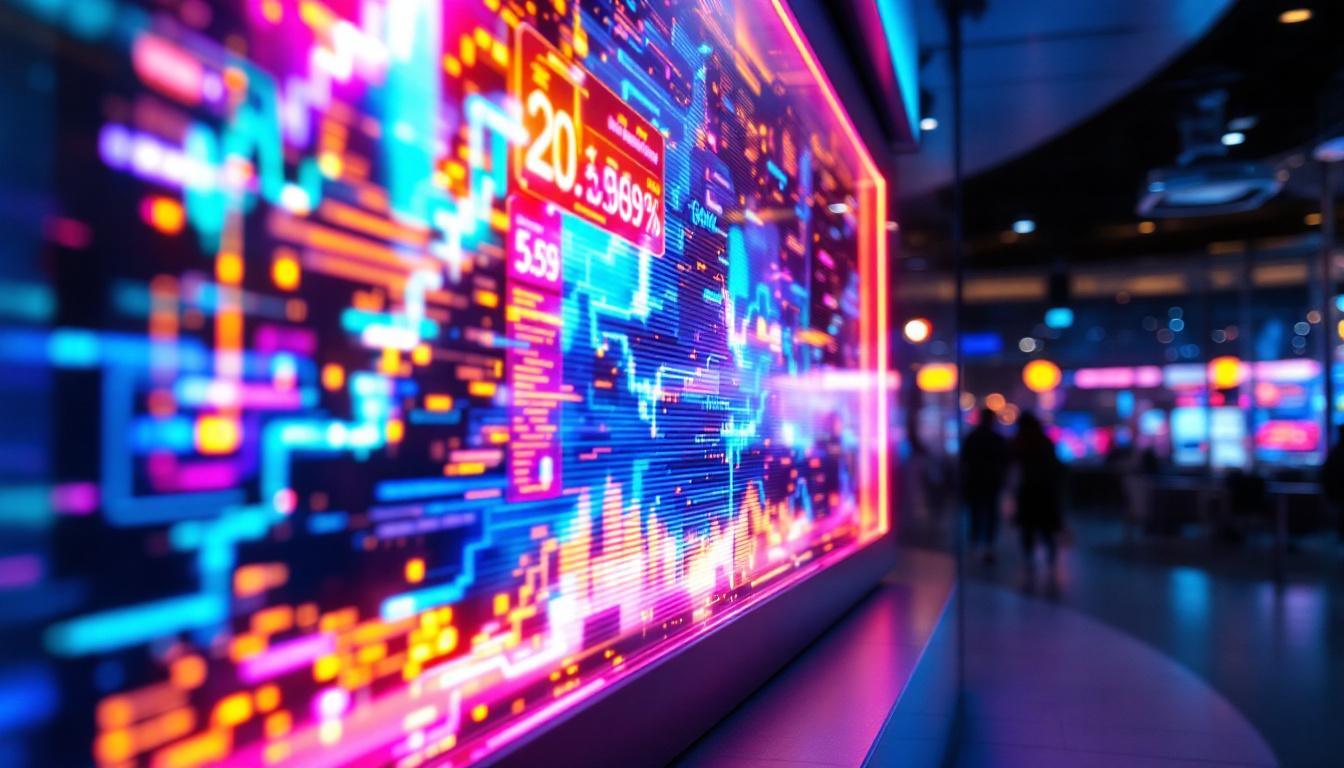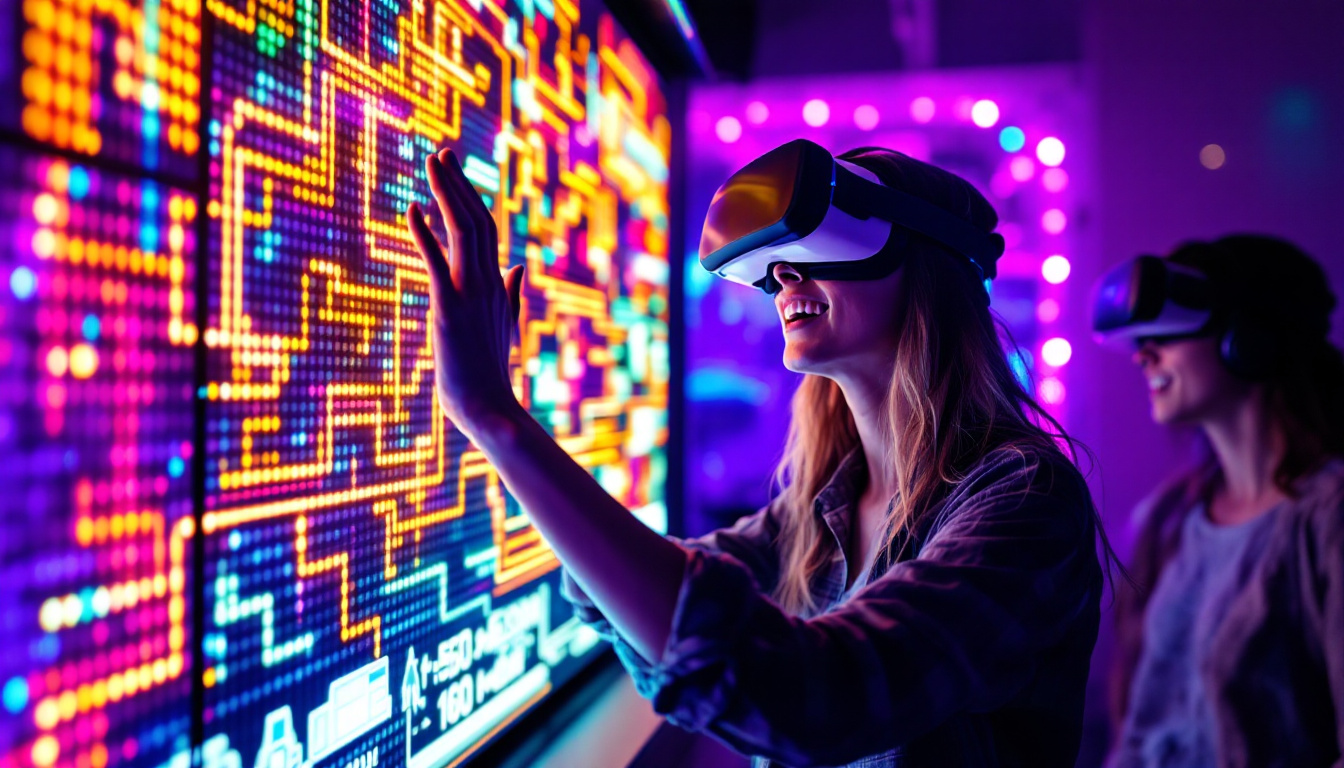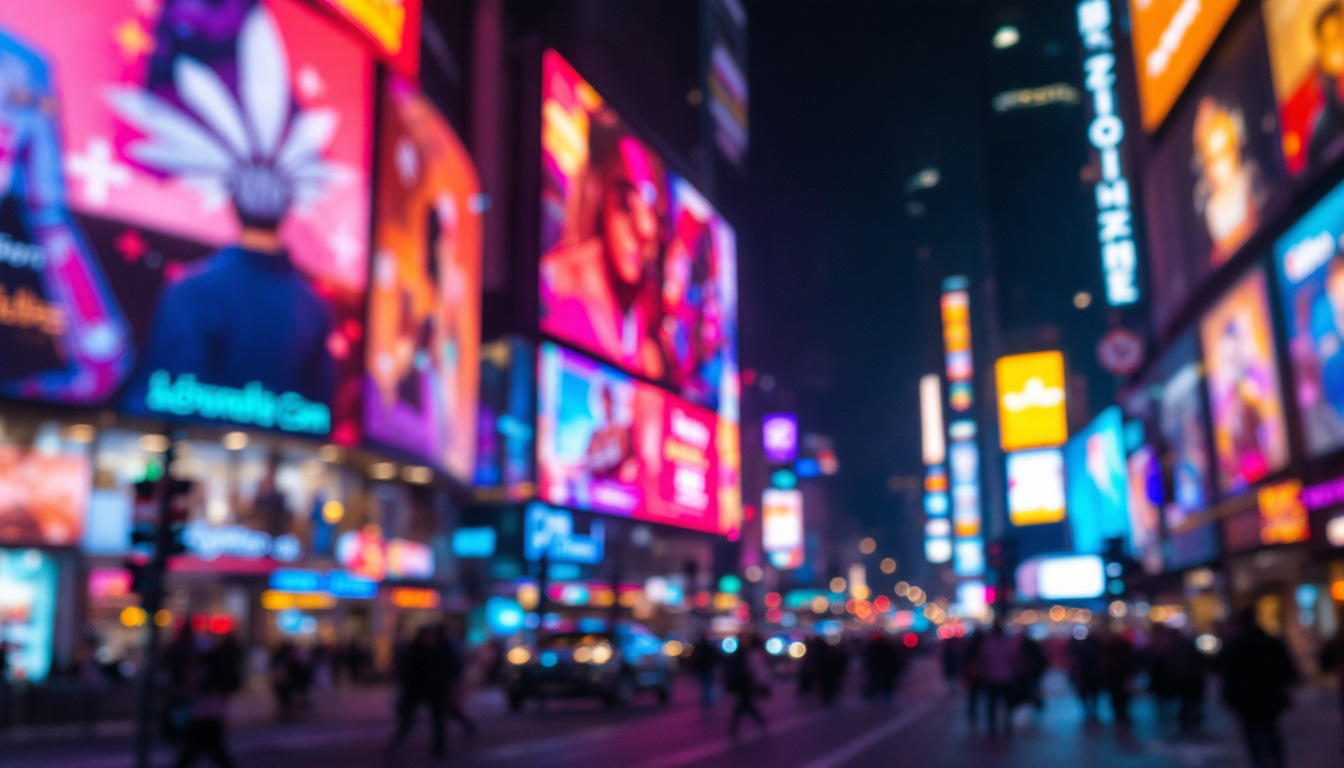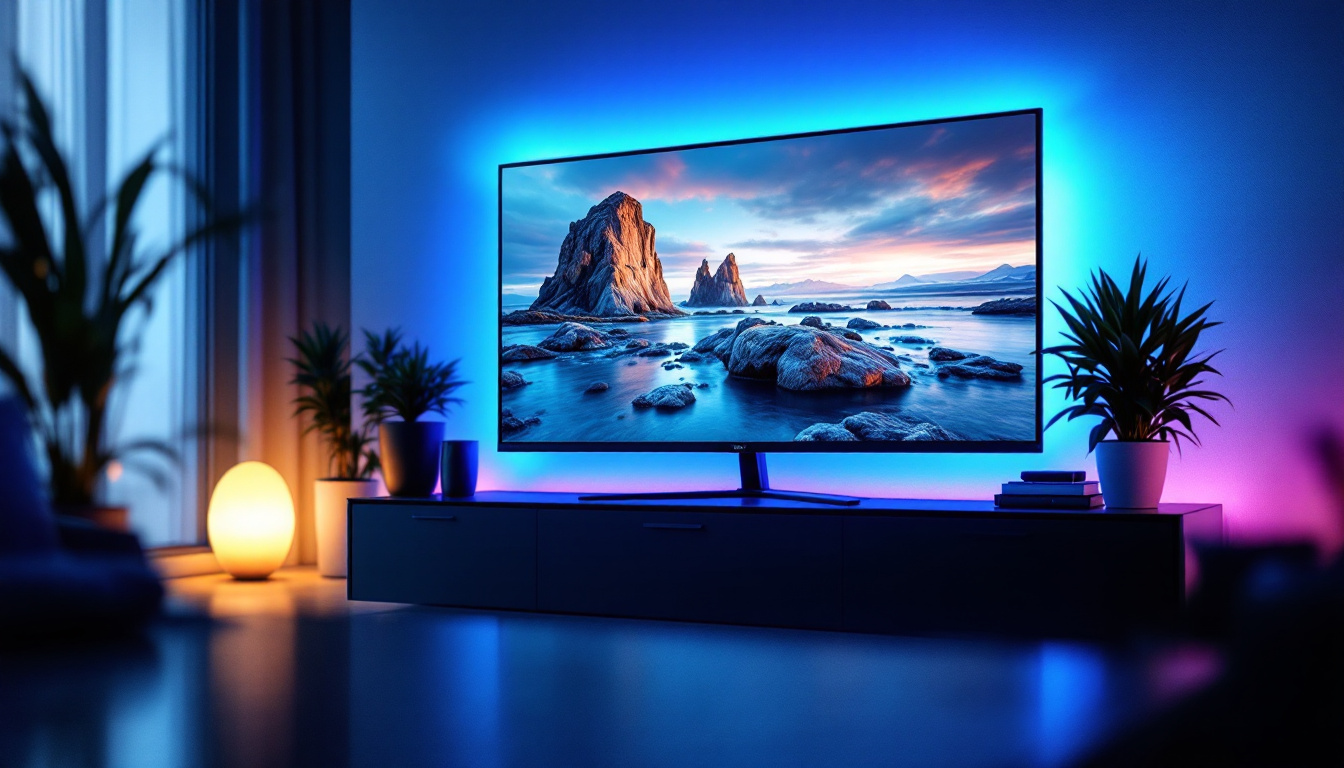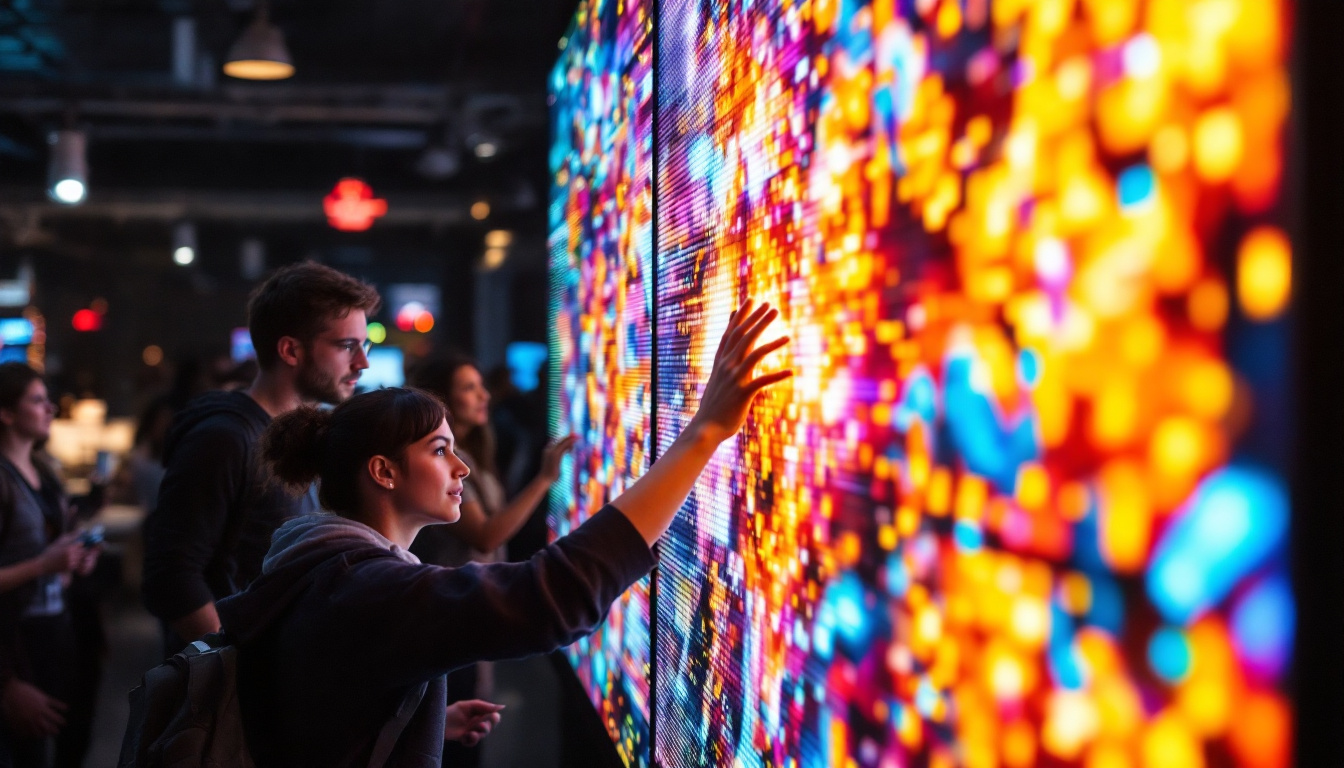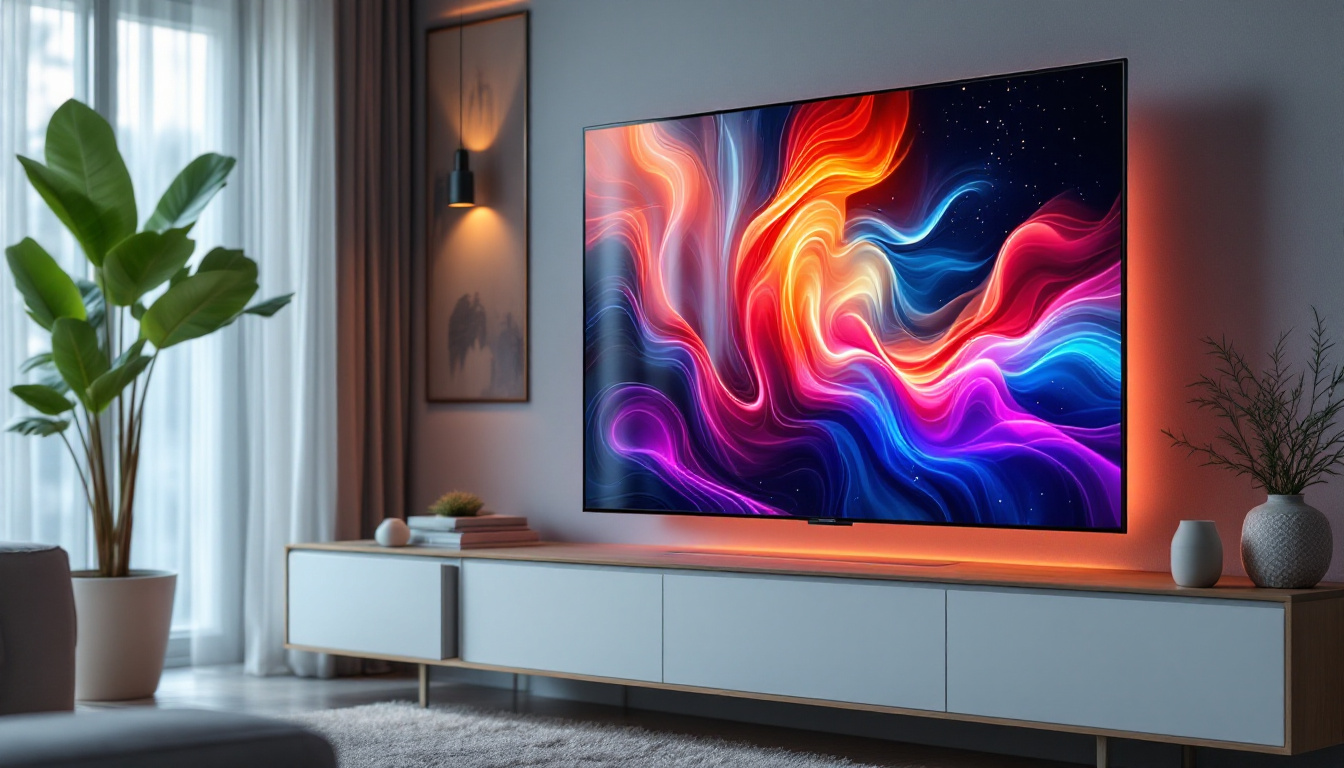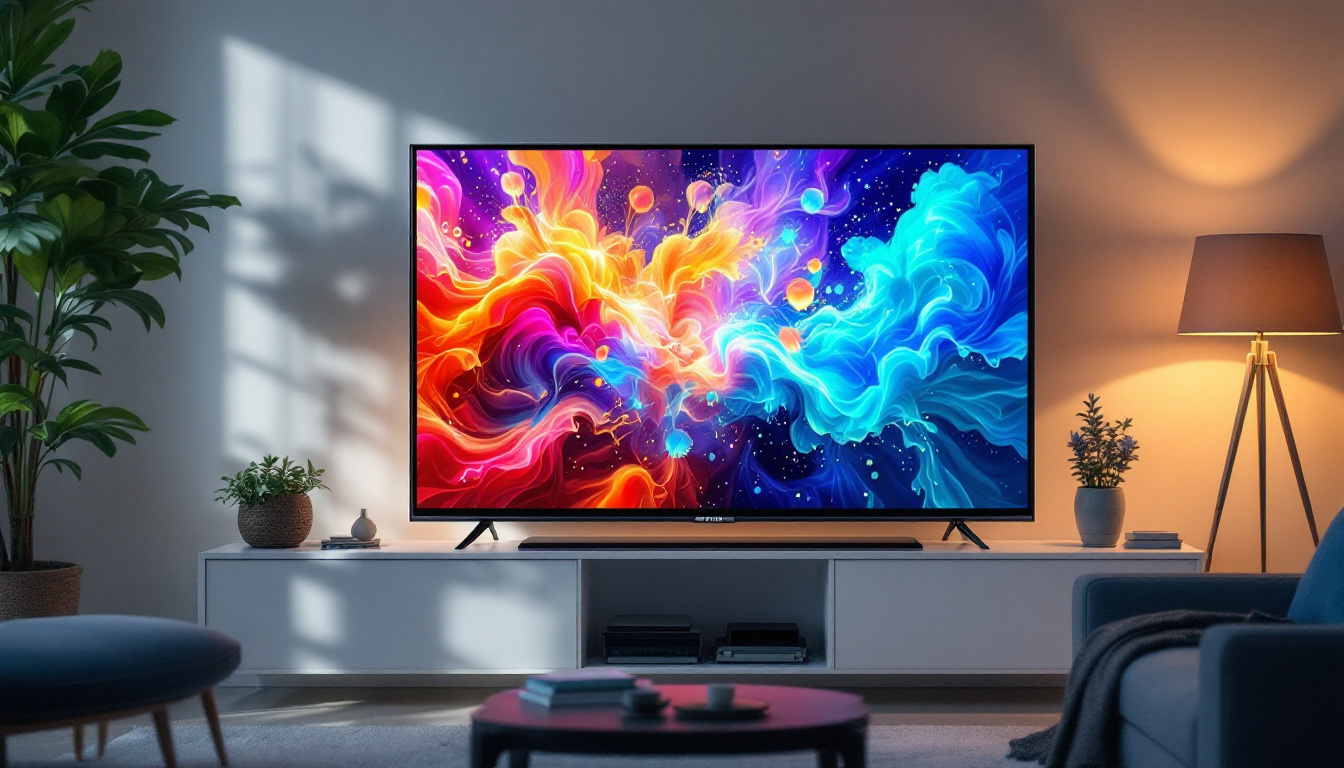In the modern world of advertising and information dissemination, LED displays have emerged as a powerful tool for communication. Their vibrant colors, energy efficiency, and versatility make them an ideal choice for various applications, from retail environments to public transportation systems. This article delves into the intricacies of LED displays, exploring their functionality, benefits, and the technology behind them.
Understanding LED Technology
Light Emitting Diodes (LEDs) are semiconductor devices that emit light when an electric current passes through them. This technology has revolutionized how displays are designed and used, providing a more efficient and brighter alternative to traditional lighting methods. With their long lifespan and energy efficiency, LEDs have become the go-to choice for everything from household lighting to large-scale outdoor displays.
The Basics of LED Operation
At the core of LED technology is a simple principle: when electrons move through a semiconductor material, they release energy in the form of photons, which is visible light. The color of the emitted light depends on the materials used in the semiconductor. By combining different colors of LEDs—typically red, green, and blue (RGB)—displays can produce a wide spectrum of colors. This RGB combination is fundamental not only in display technology but also in creating vibrant lighting effects in architectural designs and stage productions.
Types of LED Displays
LED displays come in various formats, each suited for different applications. The most common types include:
- Direct View LED: These displays consist of individual LEDs arranged in a grid, allowing for high brightness and contrast. They are often used for outdoor advertising, sports arenas, and concert venues where visibility from a distance is crucial.
- LED Backlit LCD: This type uses LEDs to backlight an LCD panel, enhancing color and contrast. They are common in televisions and computer monitors, providing a thinner profile and better energy efficiency compared to traditional fluorescent backlighting.
- Organic LED (OLED): Utilizing organic compounds, OLEDs offer superior color reproduction and flexibility, making them ideal for high-end displays. Their ability to produce deep blacks and vibrant colors has made them popular in smartphones and premium televisions.
In addition to these common types, there are also specialized LED displays, such as transparent LEDs that allow for see-through applications in retail environments, and flexible LED screens that can be bent or shaped to fit unconventional spaces. These innovations are pushing the boundaries of design and functionality, enabling creators to think outside the box when it comes to visual communication and advertising. As technology continues to evolve, the potential applications for LED displays seem limitless, promising even more exciting developments in the near future.
Benefits of LED Displays
LED displays offer numerous advantages over traditional display technologies. Their benefits extend beyond mere aesthetics, impacting energy consumption, lifespan, and overall effectiveness in communication.
Energy Efficiency
One of the most significant advantages of LED technology is its energy efficiency. Compared to incandescent or fluorescent lights, LEDs consume significantly less power, leading to lower electricity bills and a reduced carbon footprint. This efficiency is particularly beneficial for businesses that operate large displays or require continuous illumination. Moreover, the reduced heat output from LEDs means that they not only save energy but also contribute to lower cooling costs in environments where air conditioning is necessary, further enhancing their cost-effectiveness.
Longevity and Durability
LED displays are designed to last. With a lifespan that can exceed 100,000 hours, they require less frequent replacements than traditional display technologies. This durability makes them an excellent investment for businesses looking to minimize maintenance costs and downtime. Additionally, LED technology is less susceptible to damage from shock and vibration, making these displays suitable for a variety of environments, including outdoor settings and high-traffic areas where traditional displays might fail or degrade more quickly.
High Visibility and Versatility
LED displays are known for their bright and vibrant colors, which enhance visibility even in direct sunlight. This characteristic makes them ideal for outdoor advertising and public information displays. Furthermore, their versatility allows for various applications, from billboards and sports arenas to retail signage and transportation systems. The ability to easily change content on LED displays also means that businesses can adapt their messaging in real-time, responding to current events or promotions, which is a significant advantage in today’s fast-paced market. This dynamic capability not only engages audiences more effectively but also maximizes advertising potential by allowing for targeted campaigns that can be updated instantly.
Applications of LED Displays
The versatility of LED displays means they can be found in numerous settings, each serving a unique purpose. Understanding these applications can help businesses leverage the technology effectively.
Advertising and Marketing
In the realm of advertising, LED displays have become a staple. Their ability to showcase dynamic content, such as videos and animations, captures the attention of potential customers. Retailers often use LED screens to promote sales, new products, or brand messages, creating an engaging shopping experience.
Transportation Systems
Public transportation systems utilize LED displays for real-time information dissemination. Buses, trains, and subways often feature LED screens that provide updates on schedules, delays, and route information. This use enhances passenger experience and streamlines communication.
Event Venues and Entertainment
LED displays play a crucial role in the entertainment industry, particularly in concert venues and sports arenas. Large-scale LED screens provide audiences with an immersive experience, displaying live footage, graphics, and advertisements. Their ability to adapt to various lighting conditions makes them ideal for both indoor and outdoor events.
The Technology Behind LED Displays
Understanding the technology that powers LED displays can provide insight into their functionality and performance. Several components work together to create the vibrant visuals that characterize these displays.
Pixel Configuration
LED displays are made up of pixels, which are the smallest units of a display that can be controlled independently. The arrangement of these pixels—whether in a matrix or a modular format—determines the display’s resolution and image quality. Higher pixel density results in sharper images and better detail.
Control Systems
Control systems are essential for managing the content displayed on LED screens. These systems allow users to upload, schedule, and manage the content displayed in real-time. Advanced control systems can integrate with other technologies, such as sensors and cameras, to create interactive displays that respond to viewer engagement.
Heat Management
Heat management is a critical aspect of LED display design. While LEDs are more efficient than traditional lighting, they still generate heat that must be dissipated to maintain performance and longevity. Effective heat management systems, including heat sinks and fans, ensure that LEDs operate within optimal temperature ranges.
Challenges and Considerations
While LED displays offer numerous benefits, there are challenges and considerations that businesses must address when implementing this technology.
Initial Investment
The initial cost of purchasing and installing LED displays can be significant. Businesses must weigh the long-term savings and benefits against the upfront investment. However, many find that the reduced maintenance costs and energy savings justify the initial expenditure over time.
Content Management
Managing content for LED displays can be complex, particularly for businesses that require frequent updates. Developing a content strategy that includes engaging visuals and timely information is essential for maximizing the impact of the display. Additionally, training staff on how to use control systems effectively is crucial for seamless operation.
Environmental Considerations
While LED technology is more environmentally friendly than traditional lighting, it is essential to consider the entire lifecycle of the product. Proper disposal and recycling of LED components at the end of their lifespan are necessary to minimize environmental impact. Businesses should partner with responsible vendors who prioritize sustainability.
The Future of LED Displays
The future of LED displays looks promising, with ongoing advancements in technology and applications. As industries continue to innovate, several trends are emerging that will shape the landscape of LED displays.
Smart Displays
With the rise of the Internet of Things (IoT), smart LED displays are becoming increasingly common. These displays can connect to the internet, allowing for real-time updates and remote management. Smart displays can also integrate with other technologies, such as facial recognition and data analytics, to create personalized experiences for viewers.
Improved Resolution and Flexibility
Technological advancements are leading to higher resolutions and more flexible designs for LED displays. Innovations such as micro-LED technology promise to deliver even greater image quality and the ability to create curved or irregularly shaped displays. This flexibility opens new possibilities for creative installations in various environments.
Sustainability Initiatives
As businesses become more environmentally conscious, the demand for sustainable LED displays is on the rise. Manufacturers are exploring eco-friendly materials and energy-efficient designs that reduce the overall environmental impact of LED technology. This focus on sustainability will likely shape the future of the industry.
Conclusion
LED displays have transformed the way information is communicated and how brands engage with their audiences. Their energy efficiency, longevity, and vibrant visuals make them a preferred choice for various applications, from advertising to transportation. As technology continues to evolve, the potential for LED displays will only expand, offering exciting opportunities for businesses and consumers alike.
Understanding the technology and benefits of LED displays is essential for anyone looking to leverage this powerful tool in their communication strategy. With careful consideration of the challenges and a focus on innovation, businesses can harness the full potential of LED technology to enhance their visibility and impact.
Discover LumenMatrix LED Display Solutions
Ready to elevate your brand’s presence and captivate your audience with stunning visual displays? Explore LumenMatrix’s comprehensive range of LED display solutions, designed to meet your every need. From vibrant Indoor and Outdoor LED Wall Displays to innovative Vehicle and Sports LED Displays, our products are crafted to revolutionize your visual communication. Experience the future of digital signage with our LED Poster Displays, Floor LED Displays, and Custom LED solutions, including the All-in-One and Transparent LED Displays. Embrace the power of LumenMatrix and transform your messaging into unforgettable experiences. Check out LumenMatrix LED Display Solutions today and see your vision come to life.

